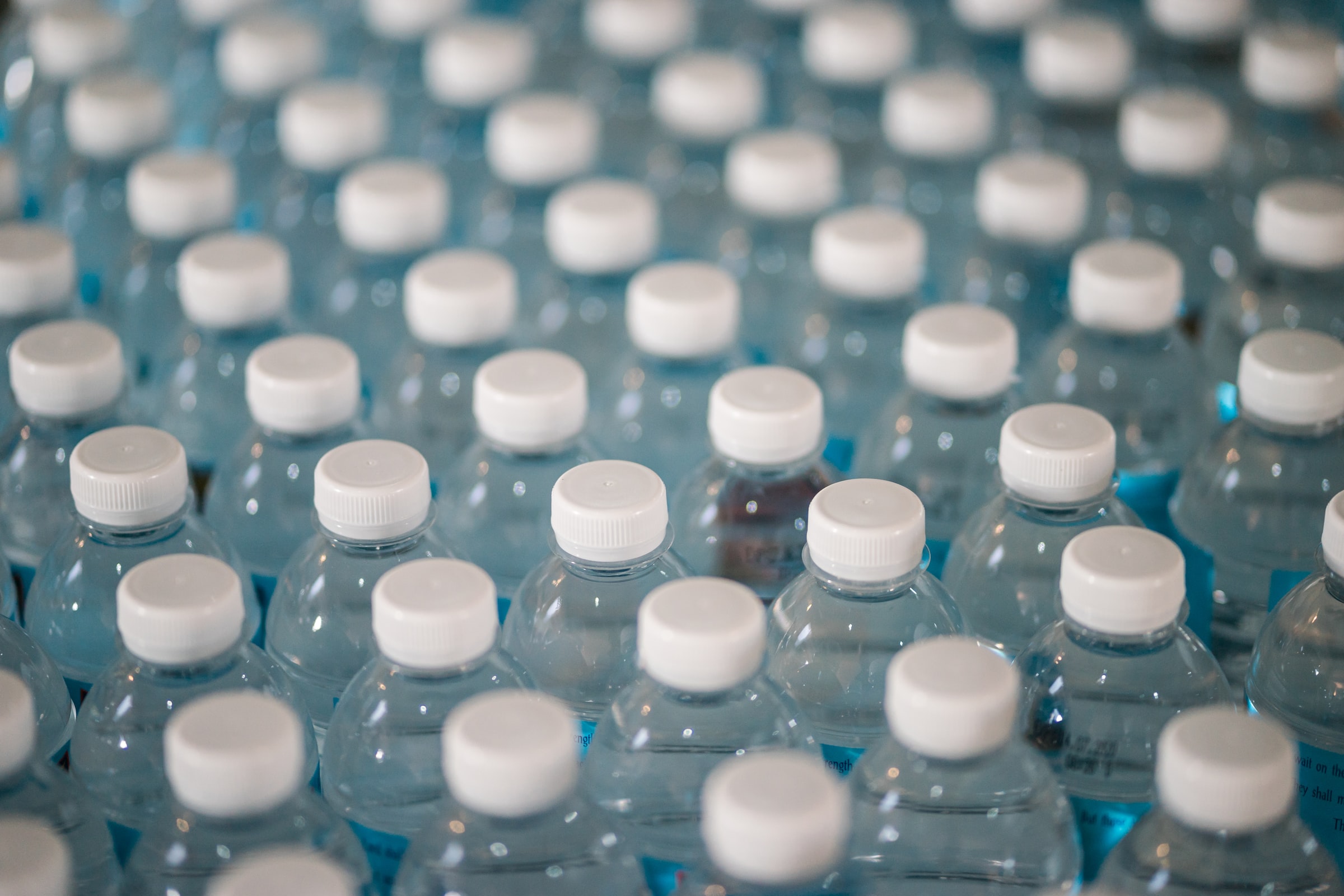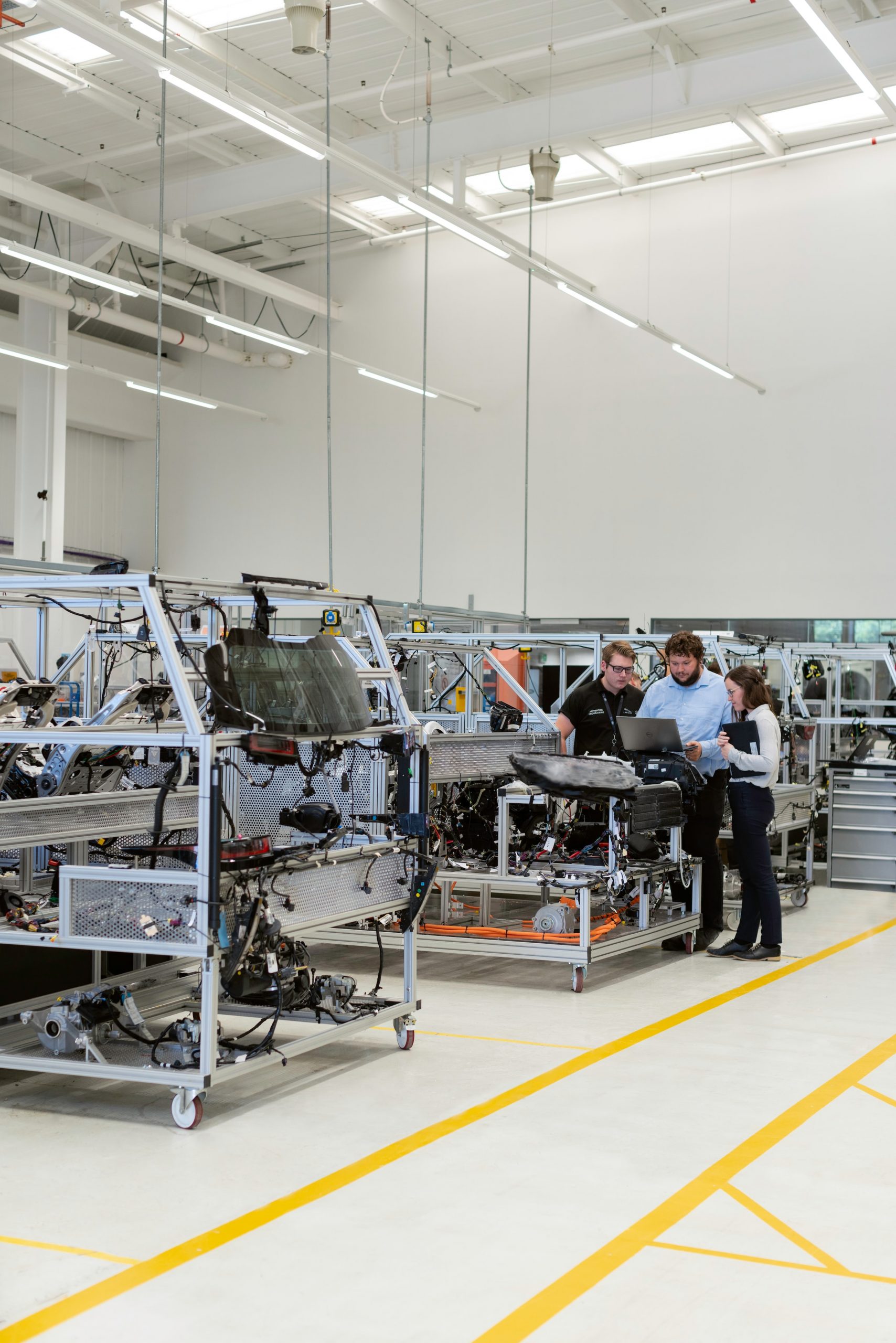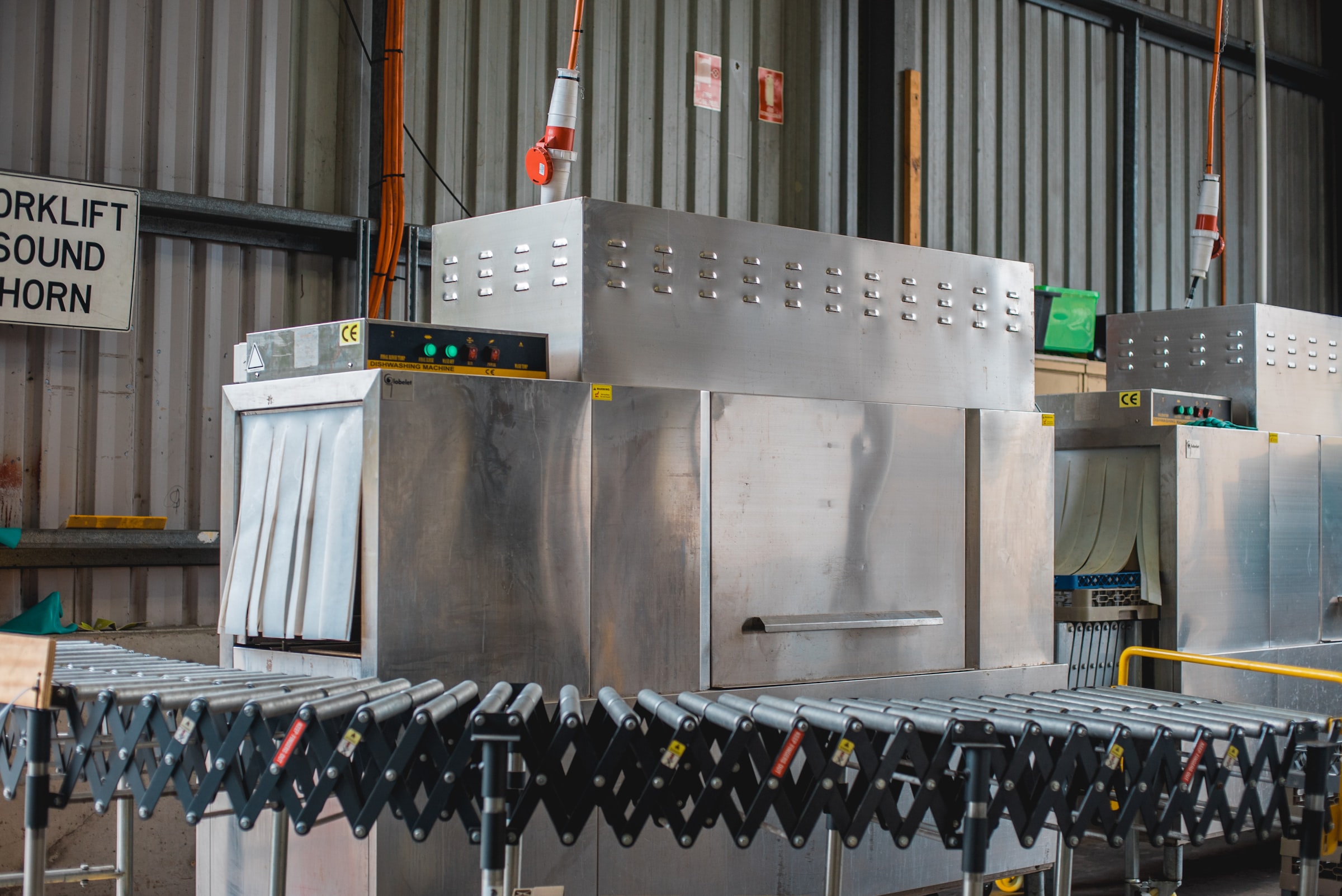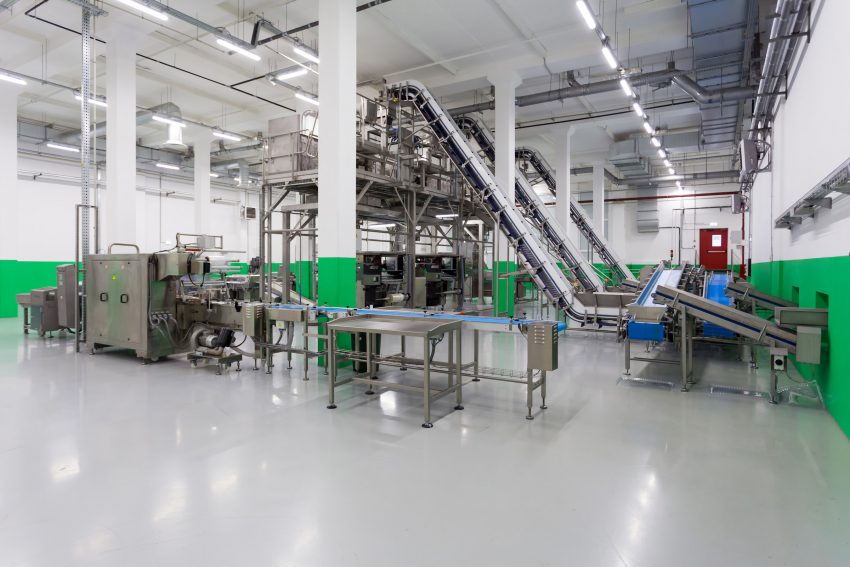Plastics are among the most common materials used in the production of many types of parts and finished products today. They are a very versatile category of tooling, following thousands of possible polymer combinations. However, the design processes with plastics are multiple. So it is up to any designer in this field to be familiar with these different options. We also go through all of these most common processes will be spread out. So, without further ado, let’s dive into this blog and learn some of the things everyone needs to know about the production of plastic parts.
3D prototype printing

The design of plastic parts by the process of 3D printers is to make these parts directly from CAD models. It is a manufacturing process used by many companies. The rule is to deposit the material layer by layer until the complete manufacture of the part.
The printer must be configured beforehand using the printing preparation software to achieve this. Then use the types of 3D printing such as the deposition of molten wire (FDM) for the actual printing and at the end to post-processing.
CNC machining
CNC machining is a procedure that covers plastic milling, turning as well as several other recommended plastic part manufacturing processes. It is a subtractive method and ideal for small series of plastic parts with shapes that are difficult to mold.
Machining is implemented using CNC machines. These machines are programmed to control the movement of the tools on the mass to be machined.
Polymer casting
Polymer casting is a widely used process in the design of plastic parts, as it is relatively inexpensive and requires a little investigation. With this procedure, a mold is filled with a liquid resin, in clear terms, rubber.
The liquid reacts chemically and solidifies whenever toxic substances are present. The mold is then coated with a product that facilitates the demolding. The maintenance of this one is very capital for the success of this method.
The processes of molding
They are multiple as regards the design of plastic parts.
Rotational molding

Also called rotational molding, it is a production or manufacturing technique that allows products to be made from plastic powder. It is a process in which a hollow mold filled with powdered thermoplastic is heated well and then rotated along two axes to produce large hollow plastic parts.
This mold is cooled slowly by a numerically controlled machine to prevent the part’s skin from falling off before complete solidification.
Vacuum molding
Vacuum molding is a process in which plastic is heated and shaped through a mold. The equipment used in this method varies in size and complexity.
Injection molding
This process involves injecting molten thermoplastic into a mold to produce high-quality parts. It is the most widely used method for the mass production of plastic parts;
Blow molding
This type of molding consists of making hollow plastic parts by inflating a heated plastic tube from the outside of a mold until the desired shape is obtained. It has a lower pressure than injection molding.
Spinning

Also called pastiche extrusion, the operation of the spinning method consists of pushing plastic through a die in order to obtain a thin part. This method is limited to the production of plastic parts with T, I, L, or U shapes or profits.
The various equipment of a spinning machine has a relatively low cost, unlike that of industrial CNC machines or molding. Their acquisition is subject to certain conditions, such as the purchase of factory insurance.
Sound off in the comments section below, and tell us what you want to read next and if you want to read more about plastic parts production.

